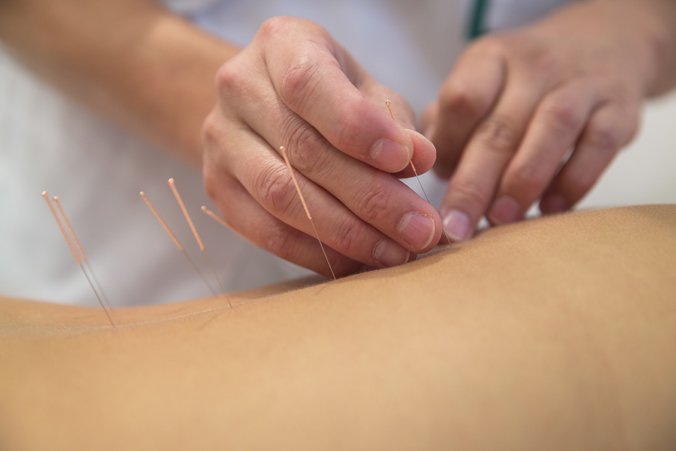Acupuncture may be successful adjunctive treatment for angina
Acupuncture is effective in alleviating angina when combined with traditional antianginal treatment, according to study results published in JAMA Internal Medicine.
“The current aim of pharmacologic management of [chronic stable angina] is to prevent myocardial ischemia episodes, control symptoms, improve quality of life, and prevent cardiovascular events,” Ling Zhao, PhD, of the Acupuncture and Tuina School at the Chengdu University of Traditional Chinese Medicine in Sichuan, China, and colleagues wrote. “Because of limited medical resources and lack of obvious improvement to angina with percutaneous coronary intervention, Chinese clinicians choose traditional Chinese medicine and acupuncture in addition to antianginal treatment for [chronic stable angina].
“Acupuncture has been used as nonpharmacologic treatment for several decades, especially to relieve symptoms of myocardial ischemia, improve cardiac function, and prevent recurrence,” they continued.
To access acupuncture in the treatment of angina, researchers conducted a 20-week randomized clinical trial at five difference clinical centers in China between Oct. 10, 2012, and Sept. 19, 2015. Patients with angina were randomly assigned to receive acupuncture on acupoints in the disease-affected meridian, the non-affected meridian, sham acupuncture, or were place in a waitlist group that did not receive acupuncture. All participants received recommended antianginal therapies.

For patients assigned to receive acupuncture during the study period, treatment was given three times each week for 4 weeks.
All patients enrolled in the study were asked to keep a diary to record angina attacks. Diary entries were used to evaluate changes in angina attacks from the baseline to week 16.
Researchers included 398 patients with a mean age of 62.6 years in the intention-to-treat analysis. The frequency of angina attacks varied greatly across the four treatment groups. Greater reductions in mean angina attacks occurred in those who received acupuncture at acupoints in the disease-affected meridian compared with those in the nonaffected meridian group (difference = 4.07; 95% CI, 2.43-5.71), the sham acupuncture group (difference = 5.18; 95% CI, 3.54-6.81) and the wait list group (difference = 5.63; 95% CI, 3.99-7.27).
In addition to fewer angina attacks, those in the disease-affected meridian group had improved scores on measures that tested the severity of angina, including physical activity and rescue medication use. They also had better regulation of anxiety and depression after treatment compared with those who received sham or no acupuncture.
“Acupuncture was safely administered in patients with mild to moderate [chronic stable angina],” Zhao and colleagues wrote. “Compared with the [nonaffected meridian, sham acupuncture, and waitlist] groups, adjunctive acupuncture on the [disease-affected meridian] showed superior benefits in [chronic stable angina] treatment within 16 weeks. Acupuncture should be considered as one option for adjunctive treatment in alleviating angina.”– by Erin Michael
Disclosures: The authors report no relevant financial disclosures.
